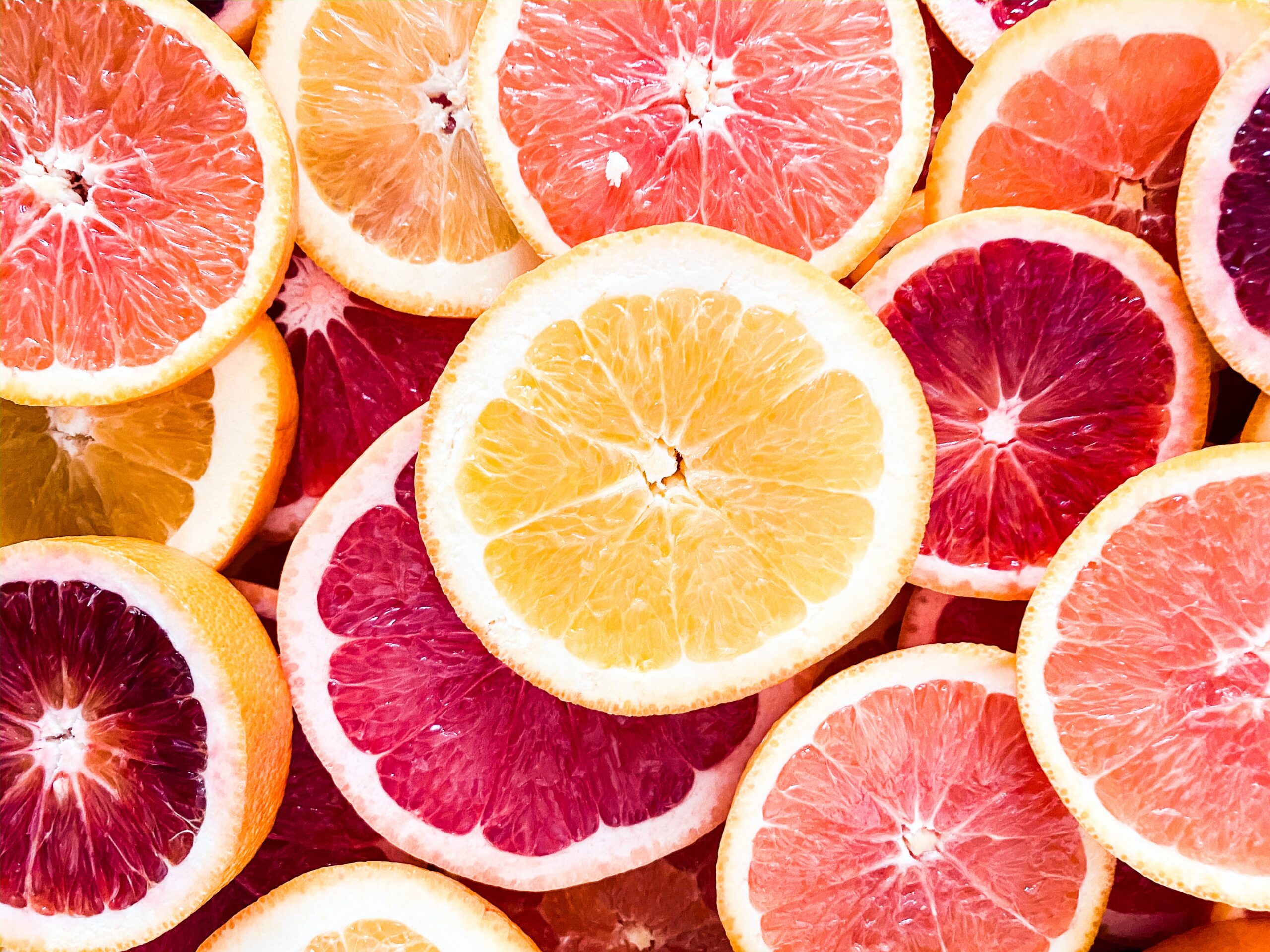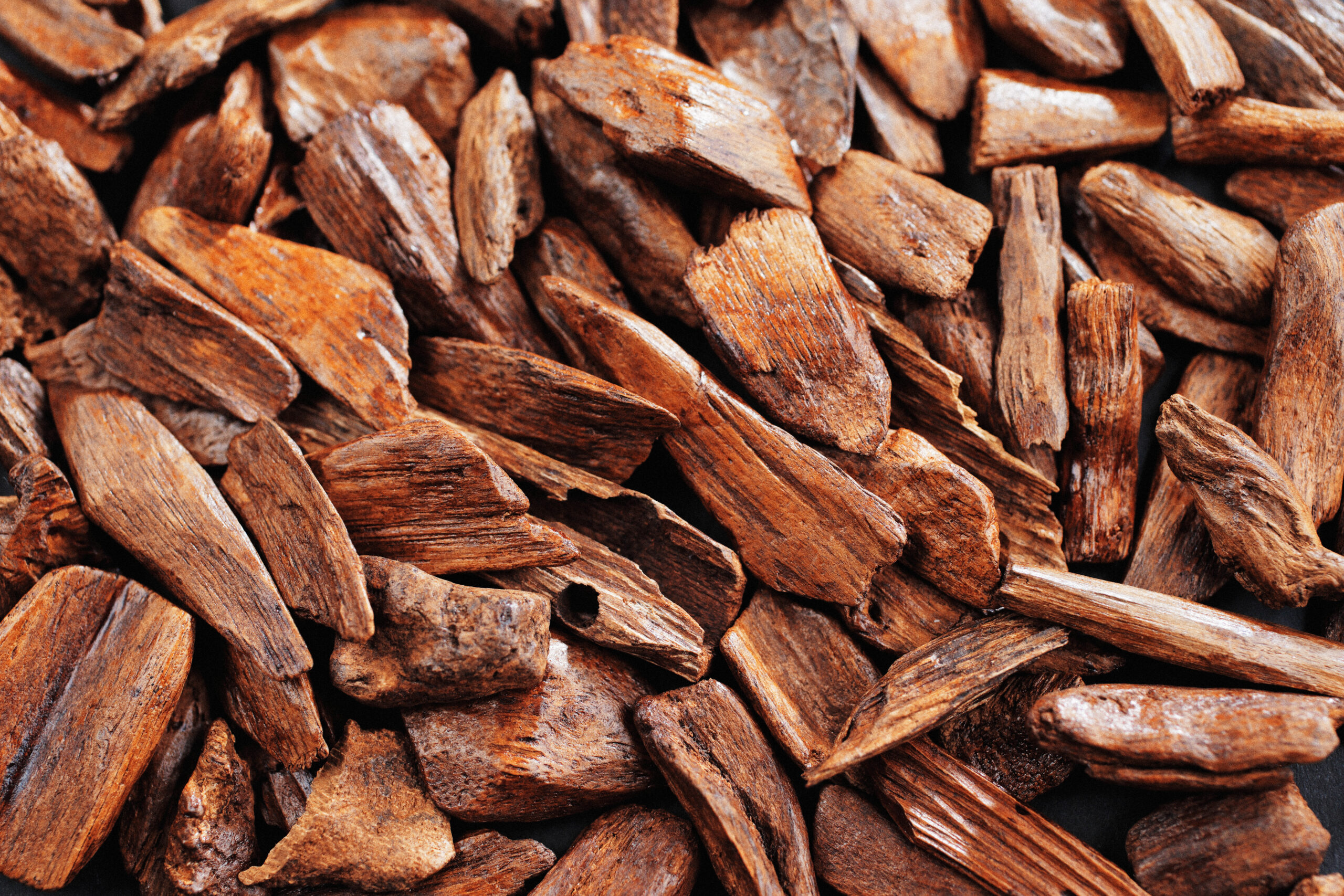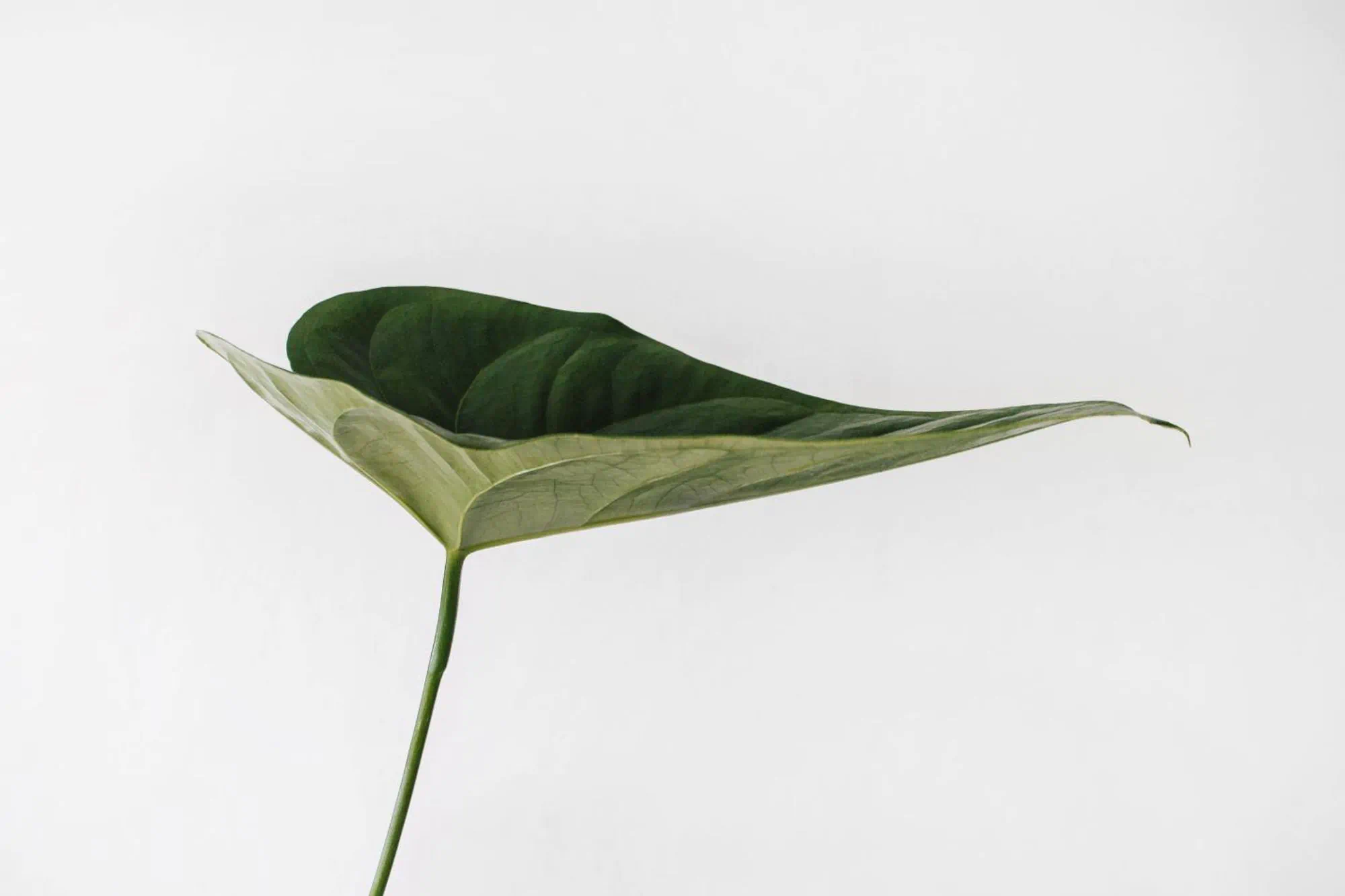3 min
A perfume is a blend of volatile fragrant components that is more than the sum of itsparts, and creating a memorable fragrance entails a quest for harmony. Understanding the structure of the fragrance, namely its olfactive pyramid, is important for creating a harmonious, beautiful blend.
A formula typically includes 30-60 raw materials, both naturals and synthetics. Natural ingredients, which include hundreds of aroma-molecules, bring complexity to a fragrance. Synthetics are usually comprised of a single molecule, but they add vibrant effects and sensations that sometimes do not exist in nature. They also help to recreate scents from plants that don’t yield to traditional extraction techniques. Capturing the fragrance of lily of the valley, lilac or strawberry wouldn’t be possible without lab-made materials and novel fragrance technologies. Therefore, the balance between natural and synthetic materials in the finished formula is important.
Based on the rate of evaporation of different components, perfume has top, heart (middle) and base notes. Together they make up an olfactive pyramid, a concept used to visualize a fragrance’s development and its harmony.

Top or head notes
The first impression of a composition is given by the top notes, also referred to as the head notes. Volatile materials such as citrus create a vivid, bright effect that can range from delicately stimulating to dramatically dazzling, depending on the composition and its intent.
Top notes can last from 10 minutes to an hour depending on the fragrance, but their important function is to set the mood and pave the way to the heart notes.
Some examples of Top notes often used by our Perfumers:
- Citrus: Bergamot, Pomelo, Tangerine
- Herbal/Aromatic: Lavender, Mint, Rosemary
- Watery: Marine notes

Heart or middle notes
The heart notes are also called middle or body notes. By any name, they are an important part of a composition, its heart, as it were. They linger far longer than the top notes, being materials of medium volatility such as flowers, spices and fruit. The heart notes can last up to 2-3 hours, although as is the case with every aspect of the olfactive pyramid, the duration depends on the composition and the materials used.
The heart notes might continue the theme developed in the top notes or hide certain facets of the base notes that need more time to mature and meld into the general impression of a perfume. The relative long-lasting aspect of the middle notes gives the perfumer a chance to craft complex, intricate accords.
Some examples of Heart notes often used by our Perfumers:
- Floral: Rose, Orange Flower, Jasmine
- Spices/Spicy: Clove, Cinnamon, Black Pepper
- Fruit/Fruity: Blackcurrant, Peach, Raspberry

Base or bottom notes
The signature of a fragrance is formed by its base (bottom) notes. Woods, musks and gourmand notes are among the base notes that give a perfume its deep, sensual or warm character.
As the foundation of a fragrance, the base notes are also responsible for another important element of a winning perfume formula, longevity. Long after the head notes have burned out and the middle notes have finished their slow dance, the base notes linger. They can last up to 8-10 hours. They continue to tell the story of the fragrance and provide the final element of its harmony.
Some examples of Base notes often used by our Perfumers:
- Woody: Cedarwood, Sandalwood, Patchouli
- Musky: White Musk, Fluffy Musk
- Amber: White Amber, Crystal Amber
How does an accord work in the structure of a fragrance?
While the olfactive pyramid is a key way to visualize the structure, each fragrance has its own shape. Most fragrances are built around one or two main accords, each accord being a combination of several raw materials, typically five to twelve.
This accord gives a personality to the fragrance and determines to what fragrance family a composition belongs.
Some of the most famous accords in perfumery borrow from the various olfactive families. Using such accords in compositions allows perfumers to give a distinctive, recognizable signature to fragrances. Here are four examples of accords used by our perfumes.
- Cologne: a fresh and invigorating blend of citrus, camphorous and orange blossom notes
- Fougère: intensely fresh, aromatic and clean yet sensual and warm, the archetype of masculine grooming fragrances
- Amber: a rich and warm accord blending faceted tones of vanilla, balms, resins, spices and woods
- Chypre: contrasted, rich and long-lasting, bringing refined signature and sophistication with bergamot, oak moss and patchouli
Our perfumers constantly invent new accords and embellish existing ones to create novel olfactory impressions.
However the fragrance is structured, it has to abide by one essential criterion – every element of its development has to smell good.
We invite you to learn about the structure of a fragrance from our perfumer Marcelo Grimaux.
Now that you understand the olfactive pyramid and fragrance structure, we invite you to learn about evaluating fragrances to find the best match for your product.



